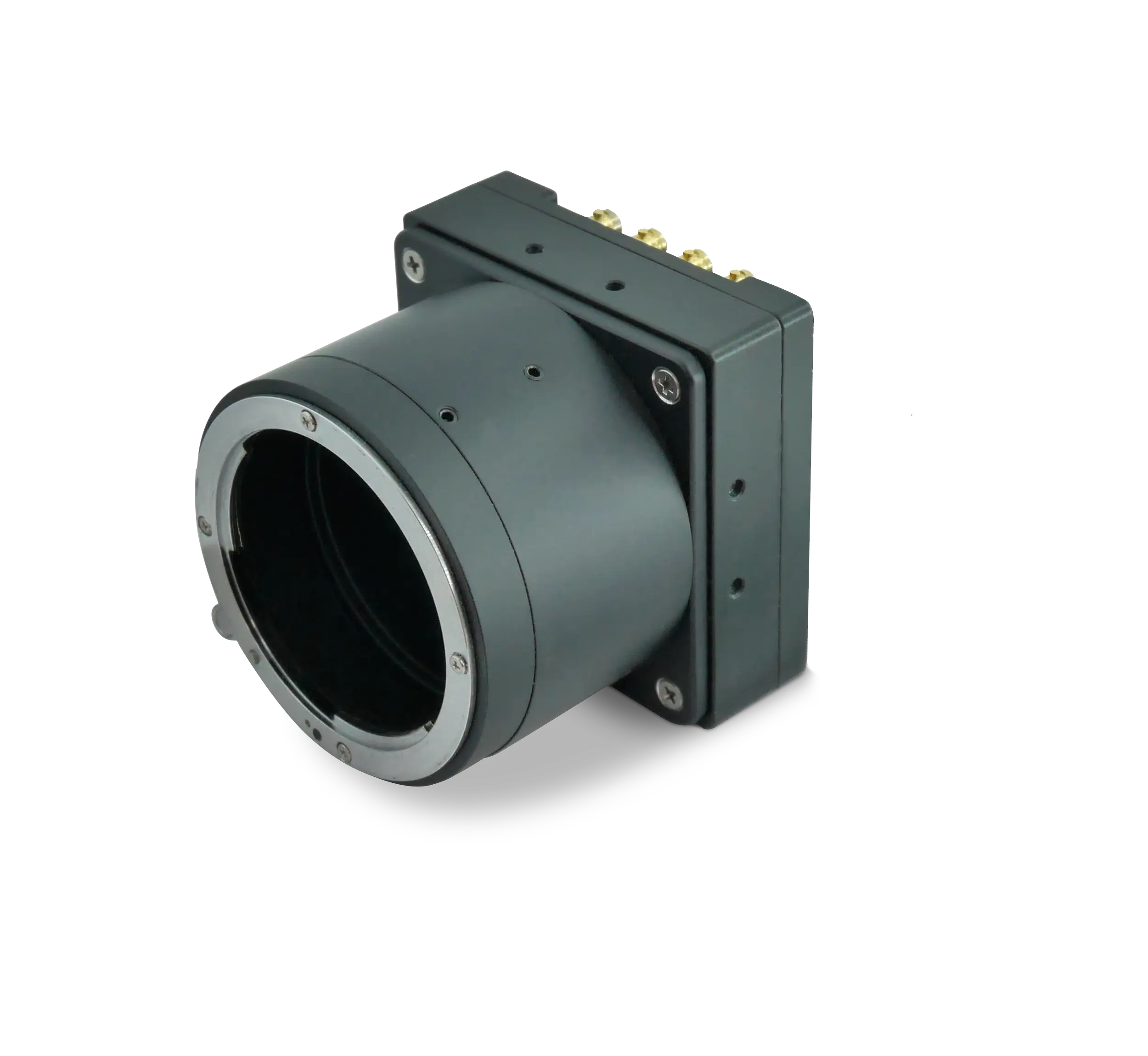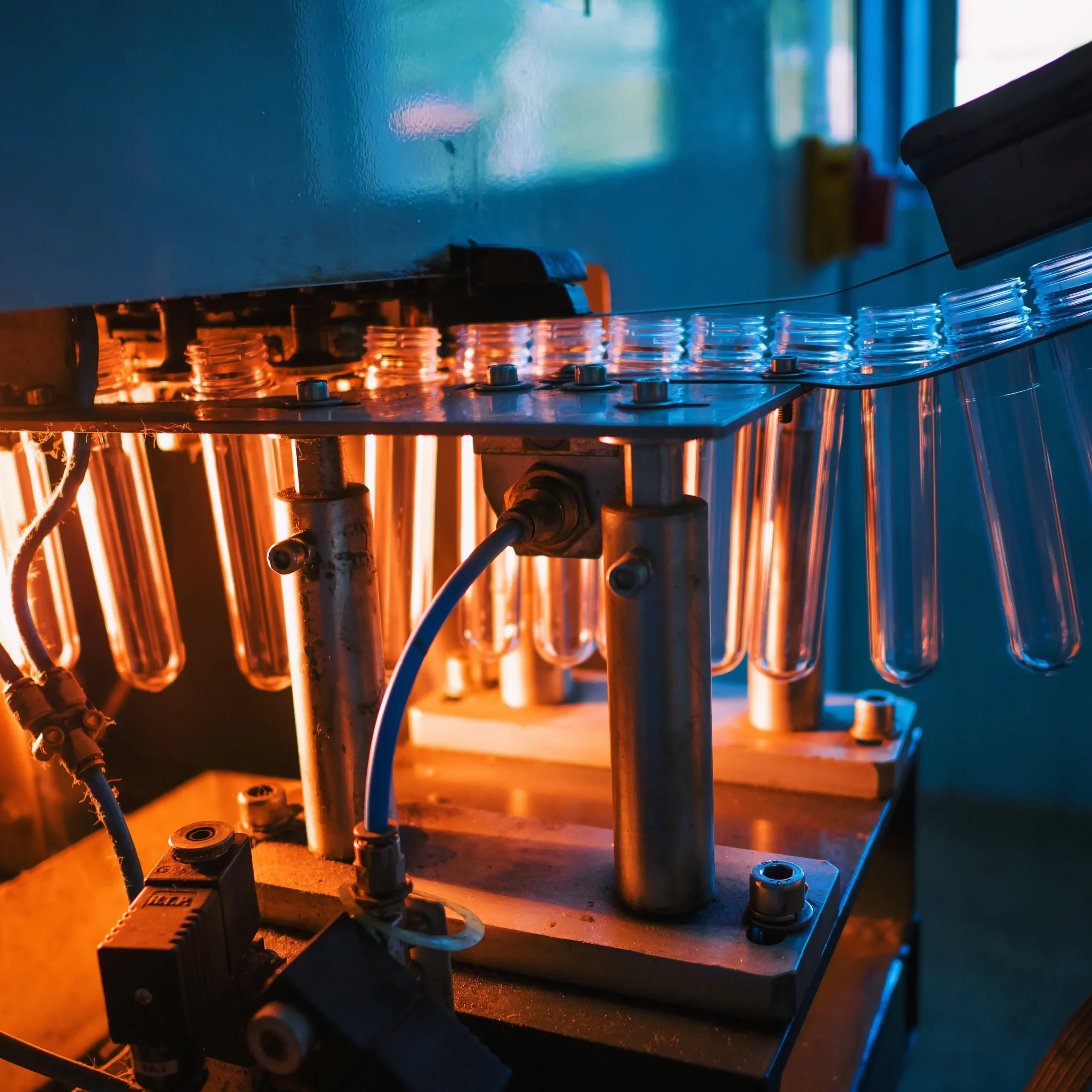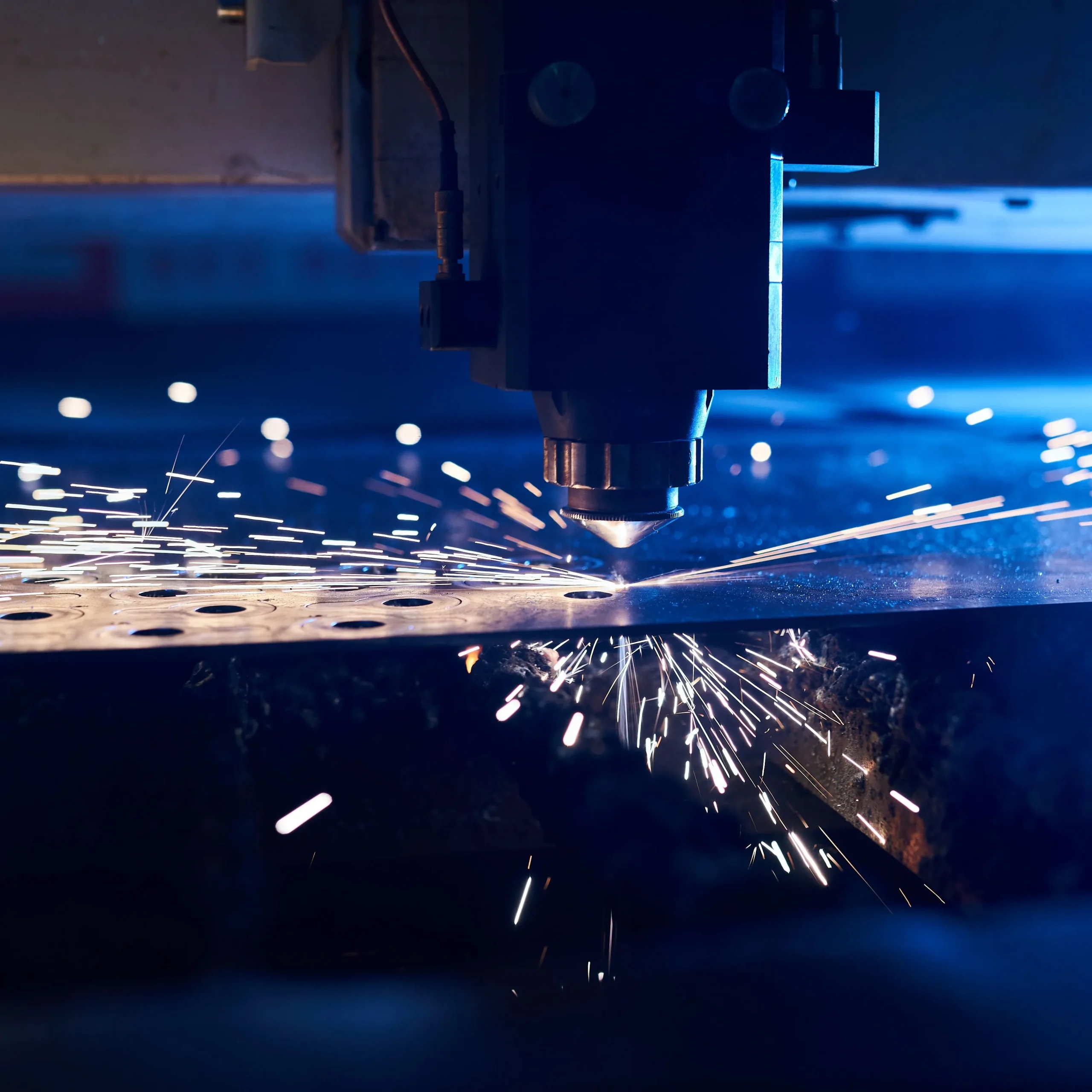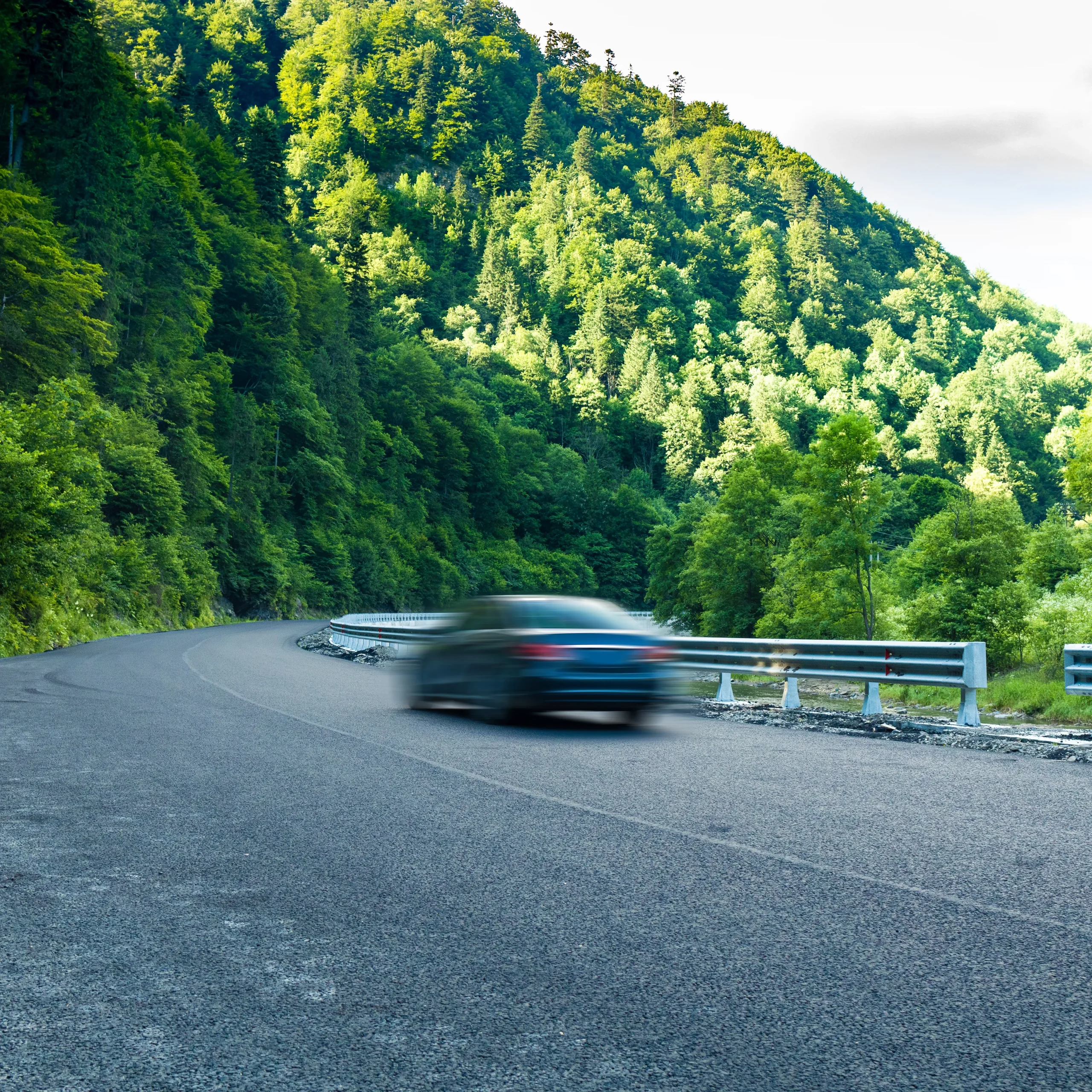Modern fishing vessels operate as floating factories, gutting, filleting, grading and packaging seafood long before the catch reaches port. The speed of today’s automated lines is breathtaking, but without accurate inspection the risk of under-processed product, species mislabeling or packaging errors can wipe out profitability. KAYA Vision delivers the missing link: high-speed fish-processing cameras engineered expressly for maritime machine-vision QC—systems that guarantee traceability even when decks are pitching and belts are flying.
Why Speed Matters at Sea
Onboard conveyors often exceed 1.5 m/s, yielding hundreds of fillets per minute. At that velocity, a standard 60 fps industrial camera captures barely two frames per fillet—insufficient for detecting blood spots, scale residue or torn flesh. High-speed fish-processing cameras such as the KAYA Vision Iron 2011E reach 513 fps at full 2.3 MP resolution, while the Iron 0505 delivers up to 150 fps at a sharp 26 MP. That temporal headroom means every millimeter of the fish is scrutinized several times before it passes the trimming blade or the vacuum sealer, eliminating subjective manual checks.
Core Requirements for Maritime Machine Vision QC
-
- Global-shutter acquisition to eliminate motion blur on rapidly moving fish.
- Wide dynamic range to handle reflective scales and dark blood lines.
- Compact housings with optional IP67 lens tubes to survive salt spray and pressure wash-downs.
- Power-over-CoaXPress (PoCXP) or low-voltage DC so a single hybrid cable carries data, power and triggers through cramped hull cavities.
- GenCam compliance so software teams can tweak algorithms during a voyage without re-writing drivers.
KAYA Vision’s Iron family meets each criterion, forming a robust foundation for 100 % inline inspection in any ocean region or climate.
Camera Selection: Iron 0505 and Iron 2011E
Choosing between the two flagship models depends on the processing station. For primary grading where whole fish must be identified by species and weight, the 26-megapixel Iron 0505 provides enough pixels for AI classification even when a cod and haddock overlap on the belt. The camera’s 2.5 µm pixels capture fine patterns on fins that convolutional networks use to differentiate visually similar species.
Downstream, trimming and pin-bone inspection benefit from frame rate over resolution. The Iron 2011E’s 513 fps at 8-bit depth exposes minute defects at the leading and trailing edges of a fillet when knives cut, allowing the vision system to fire pneumatic rejectors without latency. Both cameras incorporate global shutters, ensuring that blade vibration never introduces smear artifacts.
System Architecture from Catch to Carton
A typical traceability solution begins at the hopper where fish are dumped from purse-seine nets. An Iron 0505 mounted above the singulator captures an image of each fish and assigns a unique ID in the MES. The ID travels with the carcass through gutting, trimming, glazing and packaging. Mid-line stations use Iron 2011E units, often running 250-fps ROI modes, to verify cut quality and skin removal. As every package approaches the carton loader, another Iron 0505 confirms that the label, grade and vacuum seal match the original record.
High-bandwidth CoaXPress v2.0 cabling routes all imagery to a rugged edge server fitted with KAYA Vision Kona frame grabbers. GPU inference engines run YOLOv8 networks for defect segmentation, while CPU threads handle weight-in-motion data from load cells. The entire pipeline executes deterministically in well under 20 ms, ensuring knives and ejectors react before the product exits the field of view.
Real-time Quality Metrics
Traditional seafood QC relied on destructive sampling—inspect one fillet out of a hundred. With high-speed machine vision every fillet is scored on:
- Trim accuracy (millimeter deviation from template)
- Bloodline removal percentage
- Surface bruise detection
- Glaze thickness measured by specular-reflection analysis
Key performance indicators stream directly to the bridge over Ethernet, allowing skippers to adjust line speed or crew allocation the moment yield drops, maximizing catch value.
OCR and Barcode Traceability
Regulators increasingly mandate end-to-end documentation to curb Illegal, Unreported and Unregulated (IUU) fishing. KAYA Vision cameras capture human-readable lot codes and 2D barcodes immediately after printing. The Iron 0505’s 5120 × 5120 sensor resolves tiny 6-mil Data Matrix symbols even when condensation forms on the film. If a code fails to read, the MES quarantines that pack and flashes an alarm, preventing non-compliant cartons from entering cold storage. Maritime machine-vision QC thus becomes a legal safeguard as well as a productivity tool.
Environmental Ruggedization Strategies
Salt corrosion, pounding waves and temperature swings from frosty holds to steamy galleys destroy conventional electronics. KAYA Vision counters these forces with anodized-aluminum bodies, conformally coated PCBs and MIL-STD-810G shock testing. Optional IP67 lens tubes and breathable vents maintain ingress protection without trapping moisture. Despite their performance, the Iron 0505 draws less than 11 W and the Iron 2011E less than 4 W, enabling fan-less heatsinks that resist clogging from brine aerosols. For vessels operating in Arctic winters, heated optical windows can be added to prevent ice accretion during midnight haul-backs.
Integration with PLC and MES
CoaXPress provides not only data but deterministic triggers. Encoders on the conveyor send position ticks to the camera via opto-isolated GPIO, guaranteeing that each exposure centers on the fish even when belt speed fluctuates with load. Trigger events propagate through the KAYA Vision Kona frame grabber to PLCs over EtherCAT in under 200 µs. Meanwhile, GenCam XML manifests expose camera parameters such as gain and exposure time, enabling the MES to compensate automatically when the vessel sails from daylight into the hold’s LED lighting.
Return on Investment and Regulatory Compliance
Replacing spot checks with 100 % vision inspection brings twin dividends: fewer recalls and tighter control of giveaway. Processors report measurable improvements in yield, labeling accuracy and labor utilization within a single season, while auditors appreciate having tamper-proof image archives that map each carton to the exact fish it contains. Because the Iron series stores metadata alongside every frame, processors can export evidence for EU Catch Certification, the U.S. Seafood Import Monitoring Program and ASC Chain-of-Custody audits at the click of a button. The result is a seamless path from catch to carton that keeps profits high and paperwork hassle low.




